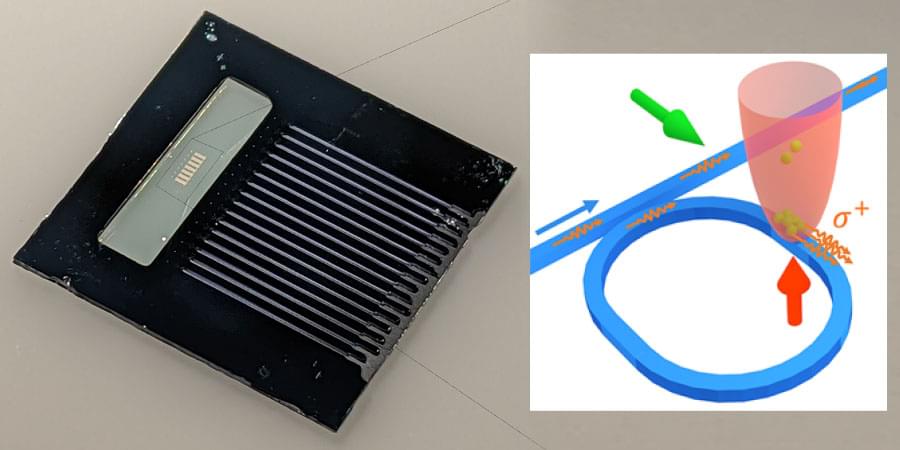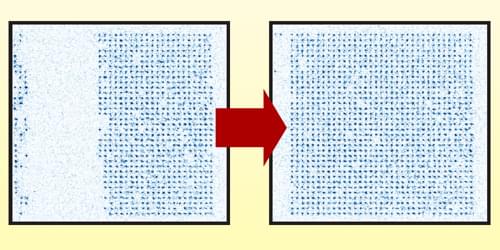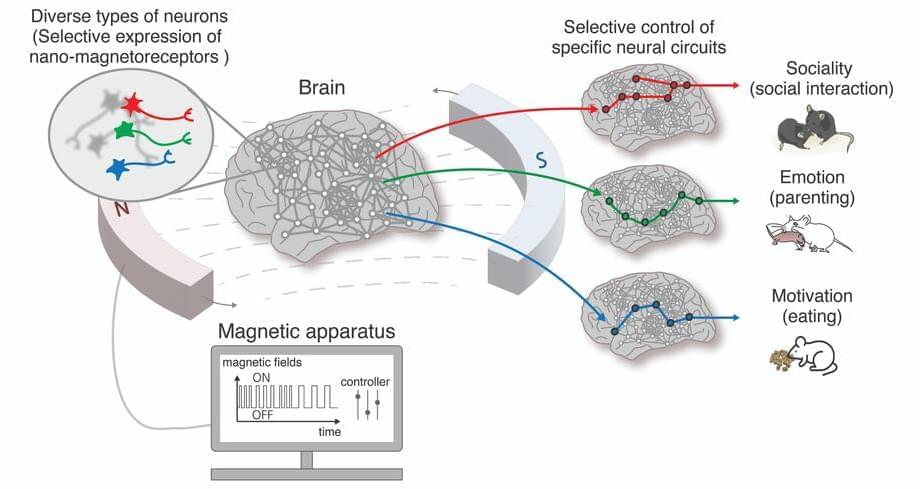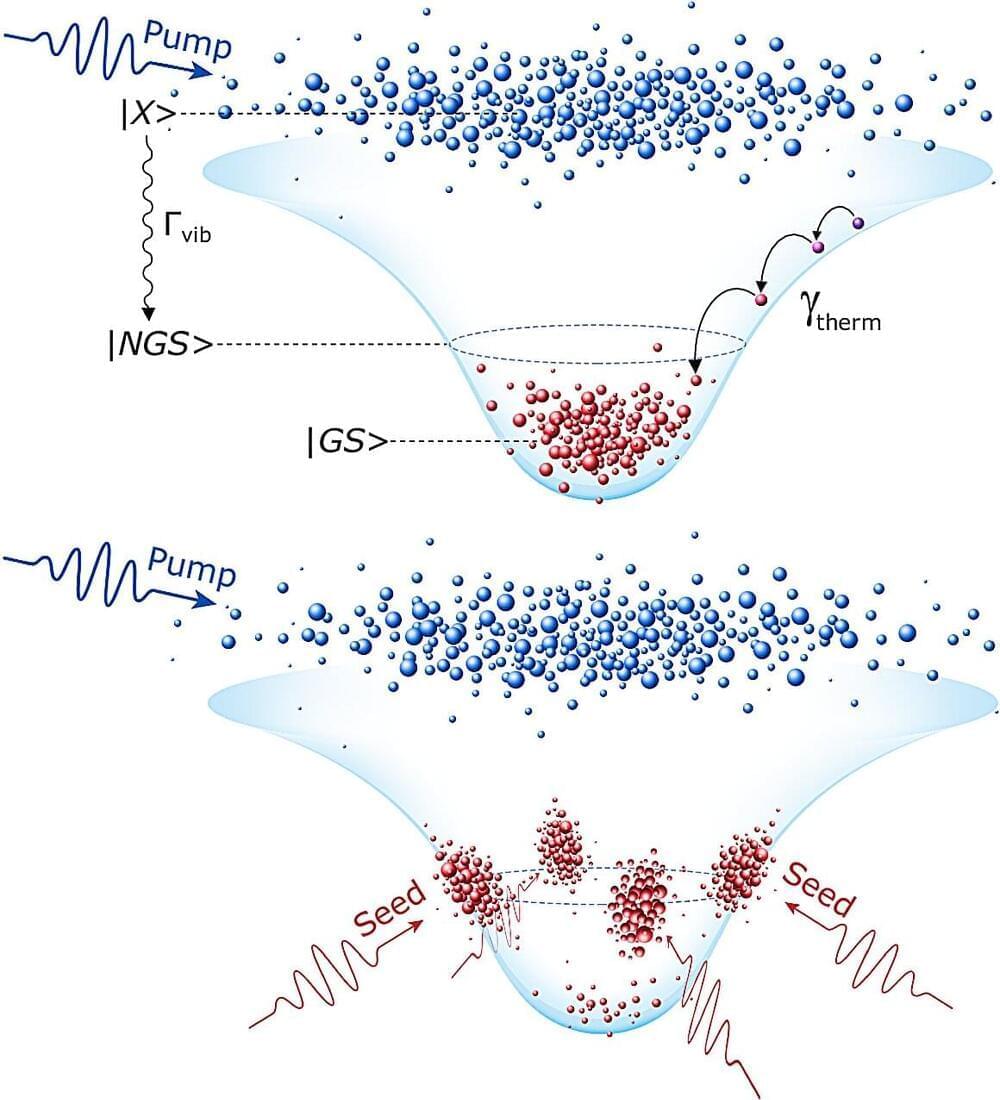Jul 29, 2024
Cosmic Simulation Reveals How Black Holes Grow and Evolve
Posted by Natalie Chan in categories: computing, cosmology, physics
A team of astrophysicists led by Caltech has managed for the first time to simulate the journey of primordial gas dating from the early universe to the stage at which it becomes swept up in a disk of material fueling a single supermassive black hole. The new computer simulation upends ideas about such disks that astronomers have held since the 1970s and paves the way for new discoveries about how black holes and galaxies grow and evolve.
“Our new simulation marks the culmination of several years of work from two large collaborations started here at Caltech,” says Phil Hopkins, the Ira S. Bowen Professor of Theoretical Astrophysics.
The first collaboration, nicknamed has focused on the larger scales in the universe, studying questions such as how galaxies form and what happens when galaxies collide. The other, dubbed STARFORGE, was designed to examine much smaller scales, including how stars form in individual clouds of gas.
















